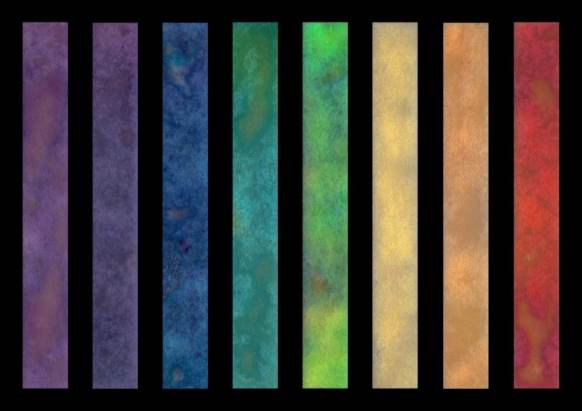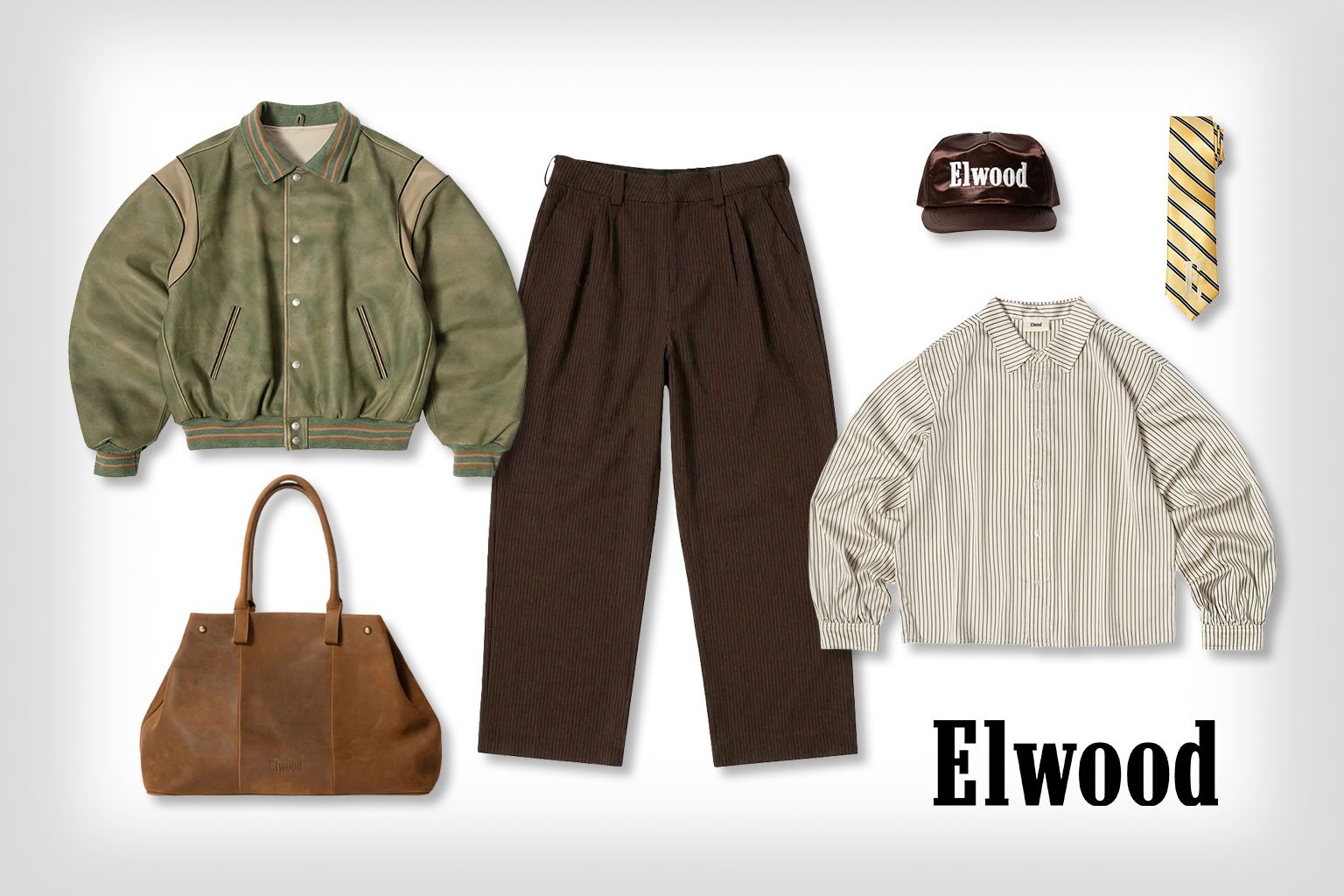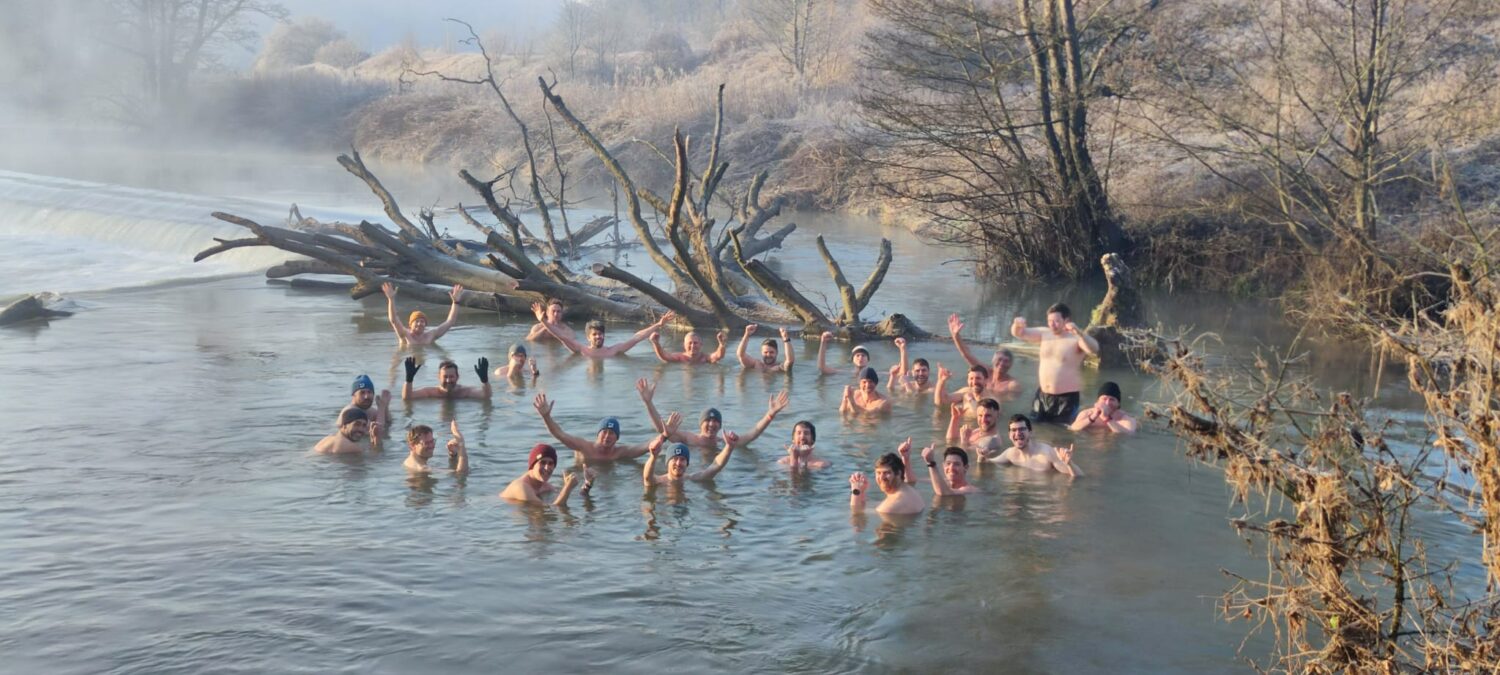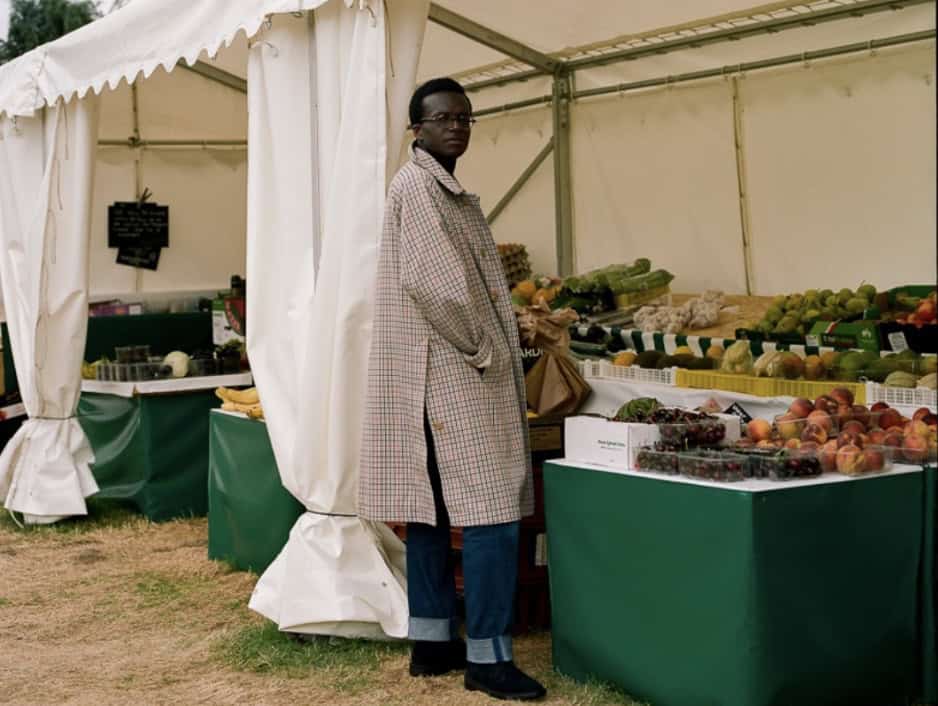New method accelerates resistance testing in UTIs
Dec 29, 2025Hippie Fashion for Men: Deep Dive into Counterculture Style
- May 17, 2024
- 0 Comments
308
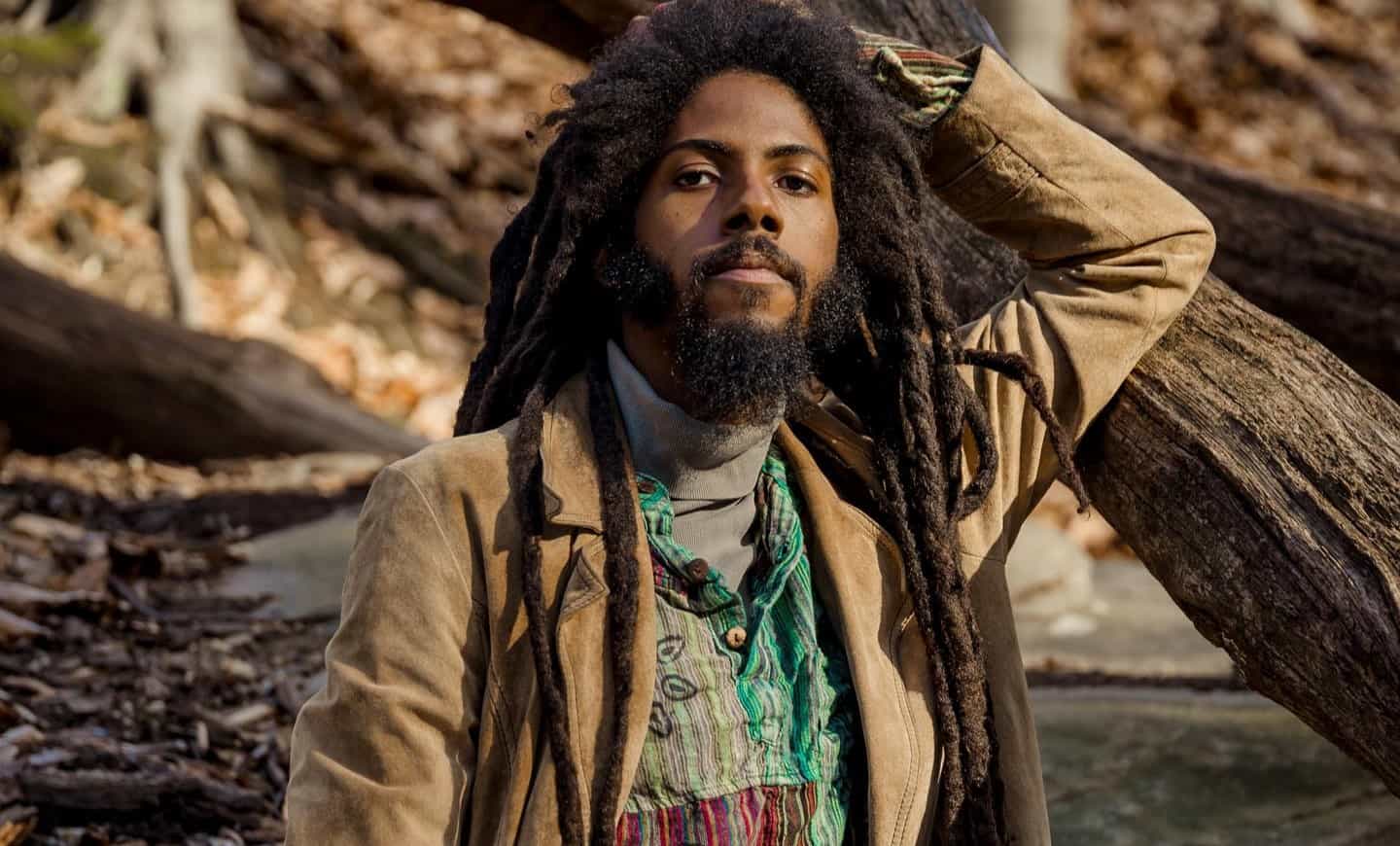
Hippie fashion, with its vibrant colors, flowing fabrics, and emblematic peace symbols, stands as a testament to one of the most influential cultural movements of the 20th century. Who hasn’t dressed as a hippie for a costume party?
This aesthetic, known for its embodiment of freedom, rebellion, and a profound connection to nature, has transcended its roots in the 1960s counterculture and become a timeless icon of self-expression and individuality.
The hippie aesthetic is not just a style; it’s a statement—a visual and philosophical manifesto that challenges conventional norms and celebrates diversity, peace, and love.
As we explore the world of hippie style, we delve into the rich tapestry of history, icons, and garments that continue to inspire fashion enthusiasts and free spirits around the globe.
This journey through the evolution, key components, and enduring legacy of hippie fashion reveals not only the depth of its impact on men’s fashion but also its relevance in today’s quest for sustainability and authenticity.
What Is Hippie Fashion?
Get ready for some knowledge, man. Hippie fashion embodies the spirit of the 1960s and ‘70s counterculture, prioritizing freedom, peace, and love. It’s a rejection of the strict, conformist styles that preceded it, favoring instead a blend of ethnic, traditional, and hand-made garments that promote individuality and a connection to nature.
For men, this meant colorful shirts, bell-bottom jeans, leather fringe jackets, and accessories that signified a departure from the conservative, buttoned-up looks of the previous era.
The aesthetic is not just about clothing; it’s a lifestyle choice that reflects a desire for a simpler, more authentic existence, often associated with environmentalism, anti-war activism, and communal living.
The Evolution of the Hippie Aesthetic
The Roots in the Early 60s Hippie Fashion
The seeds of the hippie movement were planted in the early 1960s, as a burgeoning youth culture began to question the status quo, driven by a potent mix of civil rights activism, anti-nuclear sentiment, and a burgeoning awareness of global cultures.
This was a generation in flux, seeking to carve out a new identity distinct from the conservative post-war era. Fashion became a powerful medium of this dissent, with early adopters gravitating towards loose-fitting, natural fabrics and handcrafted items that signaled a departure from the mass-produced conformity of the 1950s.
The Summer of Love and the Psychedelic Era (1967–1969)
The Summer of Love in 1967 marked the zenith of the hippie movement, as thousands converged on San Francisco’s Haight-Ashbury, transforming it into the epicenter of a cultural revolution.
Men’s fashion took a dramatic turn, with psychedelic shirts, floral patterns, and vibrant colors dominating the scene. This period was characterized by an explosion of creativity, with clothing often hand-dyed, painted, or embroidered, reflecting the movement’s emphasis on personal expression and the rejection of commercialism.
Early ’70s Hippie Fashion: From Counterculture to Mainstream
By the early 1970s, the hippie aesthetic began to permeate mainstream fashion. Elements like bell-bottom jeans, ethnic caftans, and leather fringe jackets were adopted by a wider audience, blurring the lines between counterculture and the fashion establishment.
This period also saw the rise of glam rock and the beginning of the disco era, which borrowed heavily from the hippie style, introducing sequins, satin, and more flamboyant elements to the mix, albeit in a more polished form.
’80s Hippie Fashion and the ’90s Revival
The 1980s and 1990s witnessed a nostalgic revival of hippie fashion as new generations discovered the music, ideals, and aesthetics of the ’60s counterculture. This revival was less about political activism and more focused on the stylistic elements of the movement.
Vintage clothing stores became treasure troves for those seeking authentic tie-dye shirts, suede vests, and paisley prints. The grunge movement of the early ’90s, in particular, echoed the hippie ethos of anti-conformity, blending flannel shirts and distressed denim with the laid-back, carefree attitude that characterized the original hippie style.
The Digital Age: Modern Hippie Style
Today, the hippie aesthetic continues to evolve, influenced by contemporary concerns such as sustainability, global interconnectedness, and a renewed interest in handmade and artisanal crafts.
Festival culture has played a significant role in this resurgence, with events like Burning Man and Coachella serving as modern-day equivalents of Woodstock, complete with their own distinct takes on hippie fashion.
Social media platforms have also enabled a global exchange of ideas, allowing the hippie aesthetic to be constantly reinterpreted and adapted by new generations.
The modern hippie look blends vintage finds with ethical fashion, digital prints, and an eclectic mix of cultural influences, proving that the spirit of the ’60s remains as relevant as ever.
Key Components of Hippie Style for Men
Bell-Bottom Jeans and Trousers
A defining element of men’s hippie fashion, bell-bottom jeans, emerged not only as a fashion statement but as a rebellion against the straight-legged conformity of previous generations.
Originally worn by sailors for practical reasons—their wide legs could be easily rolled up and were thought to be easier to remove in a man-overboard situation—they were adopted by the youth of the ’60s for their novel silhouette and comfort.
The wider the flare, the stronger the statement, with some variations so wide they resembled skirts. This style was often paired with hand-embroidered belts or sashes.
Psychedelic Shirts and Tie-Dye
The psychedelic art movement profoundly influenced hippie fashion, with its vibrant colors and swirling patterns mirroring the era’s experimental vibe and openness to new experiences.
Tie-dye shirts, in particular, became synonymous with the movement, embodying a DIY spirit as many chose to create their own unique patterns, reflecting the personal freedom and creative expression central to hippie philosophy. These shirts were often paired with vests, leather jackets, or worn alone, making a bold statement.
Leather Fringe Jackets
Leather fringe jackets, inspired by Native American clothing (which used fringes as a way to keep water from soaking through the fabrics), became popular among hippie men. These jackets were not only fashion statements but also signifiers of the wearer’s alignment with values of peace, love, and harmony with the earth.
The movement of fringe with the body also added a tactile, dynamic element to the silhouette, emphasizing freedom of movement and an untamed spirit.
Ethnic and Floral Prints
Hippie fashion embraced a global perspective, incorporating ethnic prints, kaftans, dashikis, and tunics into everyday wear. This adoption of international elements reflected a growing awareness and appreciation of different cultures (some call it appropriation, but that’s a discussion for another time) and a rejection of Western materialism.
Floral prints also became popular, symbolizing a return to nature and the movement’s peaceful, loving ethos. These garments were often made from natural fibers like cotton and hemp, underscoring the hippie commitment to environmental sustainability.
Accessories: Beads, Headbands, and Sunglasses
Accessories were crucial in hippie fashion, with men adorning themselves with beaded necklaces, bracelets, and headbands. These items often held symbolic meanings, such as peace signs, flowers, and other motifs associated with the movement.
Round sunglasses, inspired by John Lennon, became iconic, representing a lens through which the world could be viewed differently. The use of accessories was another avenue for personal expression, with each item carefully chosen to represent the individual’s beliefs and values.
Hippie Hairstyles & Grooming Trends
The hippie movement’s approach to hairstyles and grooming was a radical departure from the conservative norms of the early 20th century, embracing a natural, unstructured look that symbolized freedom, rebellion against societal constraints, and a desire for a more authentic, uninhibited way of living.
This thinking was reflected not only in the clothes but also in the hairstyles and grooming practices of the time.
Men’s Hippie Hairstyles
Long Hair: A Symbol of Freedom
Long hair became one of the most potent symbols of the hippie movement. For men, growing their hair long was a direct challenge to the conventional standards of masculinity and professionalism that dictated short, well-groomed hairstyles.
This act of rebellion was deeply tied to the movement’s values of peace, freedom, and a return to nature.
The longer, unkempt hair represented a break from societal norms, a badge of non-conformity, and a physical manifestation of the individual’s alignment with the hippie ethos. We’re looking at you, Willie!
Hairstyles as a Canvas for Expression
Within the hippie movement, hairstyles were not just about length; they were a canvas for personal expression. Braids, dreadlocks, and hair bands were common, incorporating elements of various cultures and symbolizing a global consciousness and solidarity with different peoples.
Hair was often adorned with flowers, beads, or headbands, adding a decorative, personal touch that further emphasized the movement’s values of peace and love.
Natural Grooming Practices
The natural ethos of the hippie movement extended to grooming practices as well. Many rejected synthetic products in favor of natural alternatives for hair care and hygiene, such as homemade soaps, shampoos, and essential oils. Patchouli party!
This approach was part of a broader rejection of consumer culture and a move towards sustainability and self-sufficiency.
Hippie Facial Hair
Just as long hair defied traditional norms, the adoption of beards and mustaches among hippie men was another form of visual dissent. Facial hair became a sign of wisdom, experience, and a connection to the natural world, directly contrasting with the clean-shaven look that had dominated men’s grooming for decades.
The beard was more than just a style choice; it was a statement of identity and a rejection of the sanitized, commercialized version of masculinity promoted by mainstream society.
The hippie approach to hairstyles and grooming was revolutionary in its time and remains influential today. It was a manifestation of the movement’s core values, symbolizing a rejection of restrictive norms and celebrating freedom, diversity, and a closer connection to the natural world.
Men’s Hippie Style Icons
Jimi Hendrix
Jimi Hendrix was not just a musical revolutionary but also a style icon of the hippie movement. His bold use of color, pattern mixing, and embrace of military jackets reimagined with a psychedelic twist made him a fashion icon.
John Lennon
John Lennon’s transition from the clean-cut Beatle to a peace-advocating hippie symbolized the wider cultural shift of the era. His round glasses, white suits, and casual, sometimes ethnic-inspired attire influenced the direction of men’s fashion toward a more relaxed, meaningful expression.
Jerry Garcia
The Grateful Dead’s Jerry Garcia became emblematic of the hippie aesthetic with his eclectic mix of tie-dye shirts, denim, and an approachable, everyman vibe that made the style accessible and emblematic of the movement’s values.
Hippie Outfits for Men: How to Wear the Hippie Aesthetic
Embracing the hippie aesthetic today means blending vintage pieces with modern sensibilities. Start with a pair of bell-bottom jeans or loose-fitting trousers paired with a tie-dye or floral shirt for a classic look. Layer with a fringe jacket or a vest for texture, and add personal touches with beaded necklaces or a headband.
The key is in the mix: combining elements that speak to the individual while maintaining the ethos of freedom, peace, and a connection to nature that defined the original movement, man.
Final Verdict
With its rich history and enduring appeal, hippie fashion for men continues to inspire. It’s a testament to the power of clothing as a form of expression, a rebellion against conformity, and a celebration of freedom.
The hippie aesthetic, with its emphasis on personal expression, sustainability, and peace, offers timeless lessons for today’s fashion world, reminding us that style is not just about appearance but also about the values we stand for.
FAQ
-
-
The hippie aesthetic is characterized by embracing freedom, individuality, and peace, featuring colorful, loose-fitting clothing, psychedelic patterns, ethnic influences, and natural fabrics, reflecting a rejection of mainstream culture and a desire for a more connected, harmonious world.
-
Hippie pants, such as bell bottoms or loose, flowing trousers, can be styled with vibrant tie-dye shirts, peasant tops, or simple, fitted tees, complemented by accessories like beaded necklaces, headbands, and sandals for a cohesive, free-spirited look.
-
Hippie fashion primarily originated in the 1960s and reached its peak during the late 1960s and early 1970s. It symbolized the counterculture movement’s ideals of peace, love, and freedom.
-
Hippie-style clothes can be purchased from vintage clothing stores, online marketplaces specializing in retro and bohemian fashion, thrift shops, and retailers that offer boho-chic or festival-inspired collections, catering to the resurgence in popularity of the hippie aesthetic.
-
Publisher: Source link


